How to Keep Track of Invoices Like a Pro [Creative Agency Guide]
Learn how to keep track of invoices with tools, templates, and pro tips to streamline payments and avoid revenue leaks.

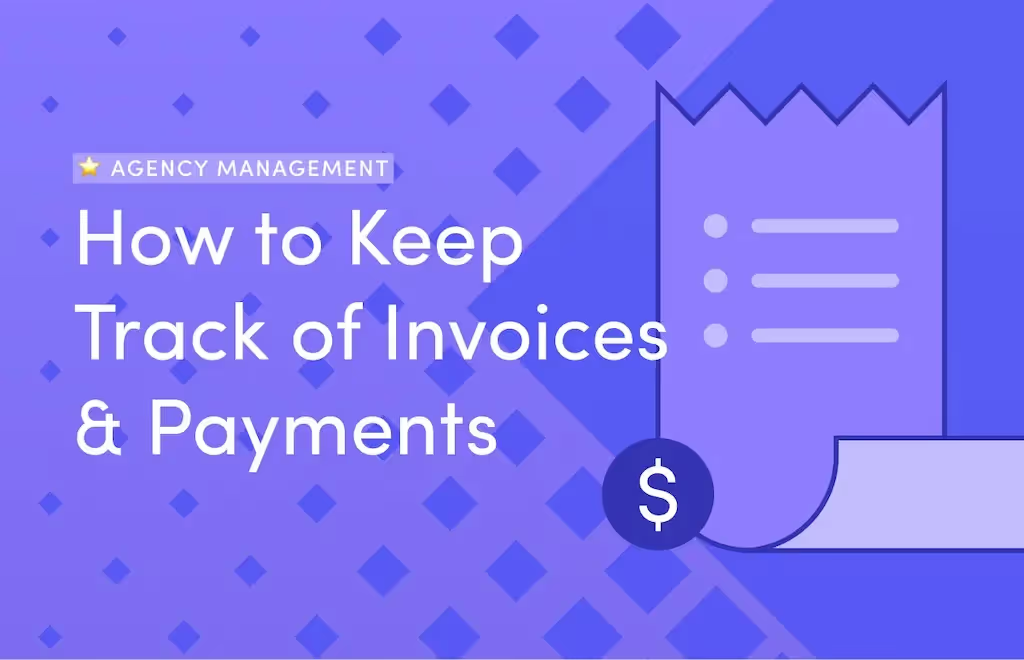


What happens after you’ve completed a project? You send the invoice.
You either create it in Excel or a free invoicing software, email it to your client, and send friendly follow-ups to remind them that the invoice is overdue—yeah, we’ve all had those clients.
But this is hard. If you’re like me, you refresh your email first thing in the morning and a few times during the day.
Managing invoices like this is dreadful for agencies where your freelancers and staff rely on these bills.
It’s much harder to keep track of invoices if you have multiple projects per client, milestone-based projects, hourly clients, retainers, or charges for extra revisions or changes in scope. Imagine following up on all these or writing the actual invoice; you might miss a thing or two or forget to follow up on some invoices.
12 years ago, an agency owner wrote off $100k! because some creative directors “didn’t fill out months of timesheets.” Ouch. Perhaps they were exhausted from the manual efforts in Excel?

Regardless of the reasons, you wouldn’t want this to happen to you, and we don’t want you to lose money. That’s why you can use an invoice tracker like ManyRequests.
📌 Read more: Here are seven ways to get paid faster.
If you have a one-off gig with a client, ManyRequests can track this one-off service and automatically generate an invoice for it once you mark the project as complete:
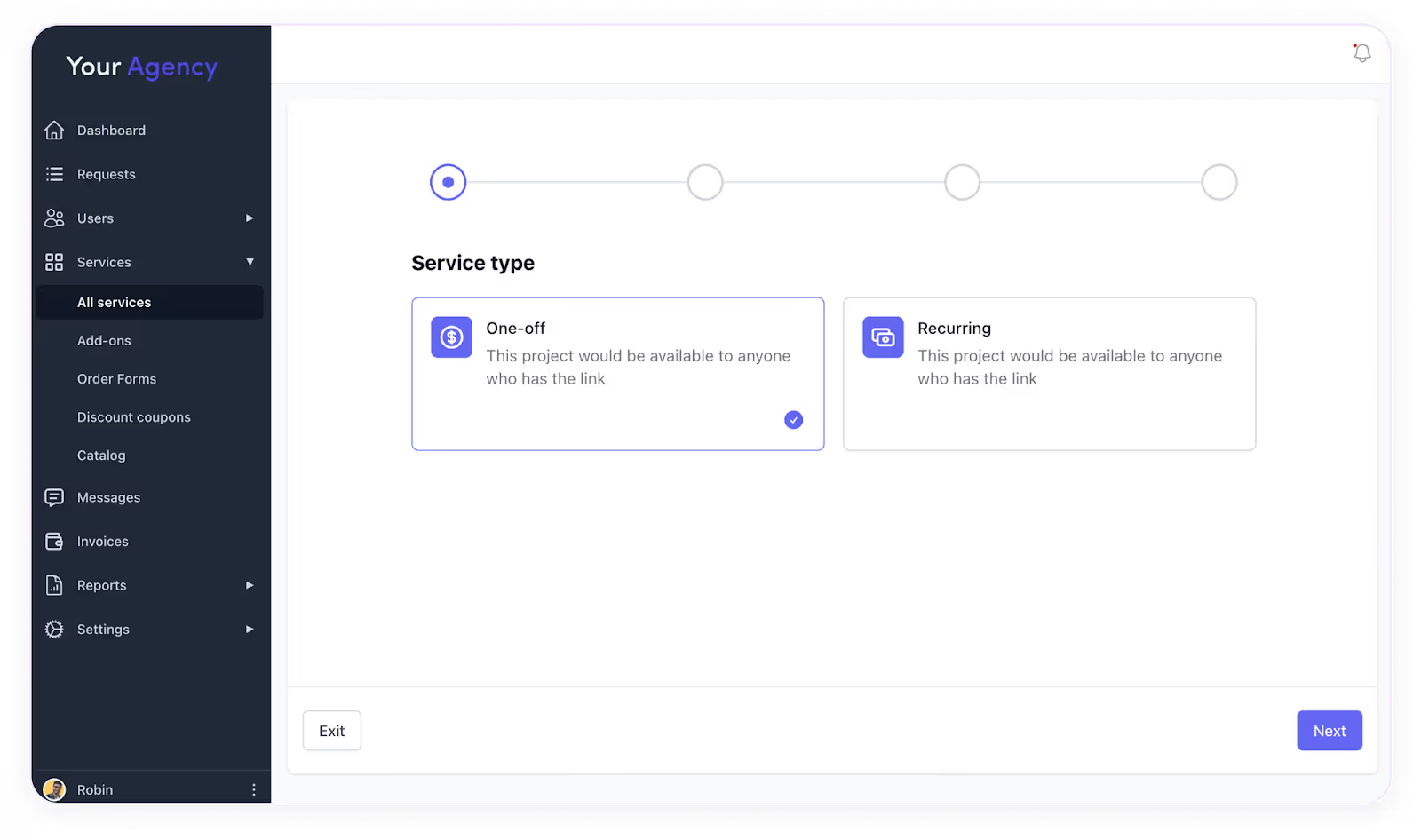
If you work with retainer clients, you can also automatically send standard or hourly invoices (you choose):

If you’re like other productized service agencies, you can create add-on services and automatically send invoices for them:

Lastly, you can offer new clients free trials. After seven days, they’ll be billed for any other service you provide.
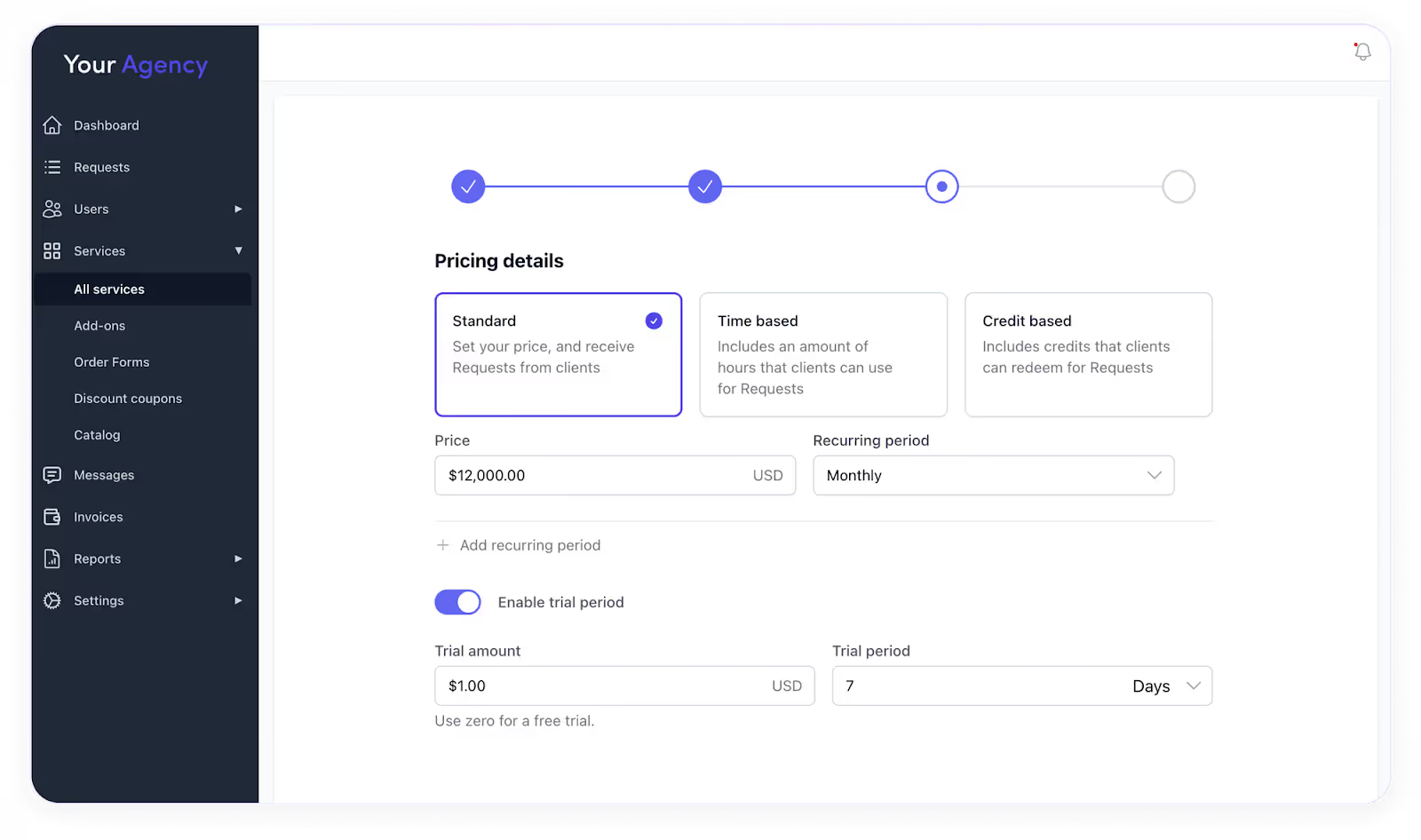
ManyRequests does all this with a project management tool that has a client portal and automated billing and invoicing features. Sign up for a 14-day free trial; no credit card required.
However, you can still consider other options. In this article, I will show you how to keep track of invoices and payments in Excel or any other software through a framework we created:
I have worked with several agencies in my career, and here are some of the tips that worked for them:
You can download our invoice tracker here and populate the necessary fields. As you can see, it marks paid in green and unpaid in red so you get a snapshot of your payment status every time you check:

This is where you structure your invoices, either by project or client. You log the project or client name whenever you’re done with their project and have sent an invoice.
Categorizing your invoices based on project or client helps you know exactly which invoice has been created and for which work.
You can use project management software with a billing and invoicing feature like ManyRequests here. Automated follow-ups help you avoid the administrative stress of manually emailing clients with friendly reminders every three days.
On ManyRequests, every client is notified of their invoices when their project is complete.

They also see a direct payment option, so they can pay whenever they’re ready.
However, if they don’t pay, the system triggers an automated reminder. This takes the stress off your schedule until they pay the outstanding invoice.
Once in a week, maybe on a Friday or Monday, check your catalog of completed projects or clients you’re expecting money from.
We wrote in detail about what to do when a client does not pay. Follow some of our steps and pause other projects until they pay, especially if they’re not a regular, trusted client or their payment has been overdue by 30 days.

Here’s an agency owner who did the same:

If you have a retainer client, don’t make the mistake of manually writing invoices every week or month. It’s faster with any invoicing software that lets you automate recurring invoices for specific clients or projects every month.
To make automating recurring invoices simpler, use ManyRequests to productized services. The productized service method lets you “sell” different variations of your service to different types of clients.
Here’s what that may look like from one of our users, Hatchly:
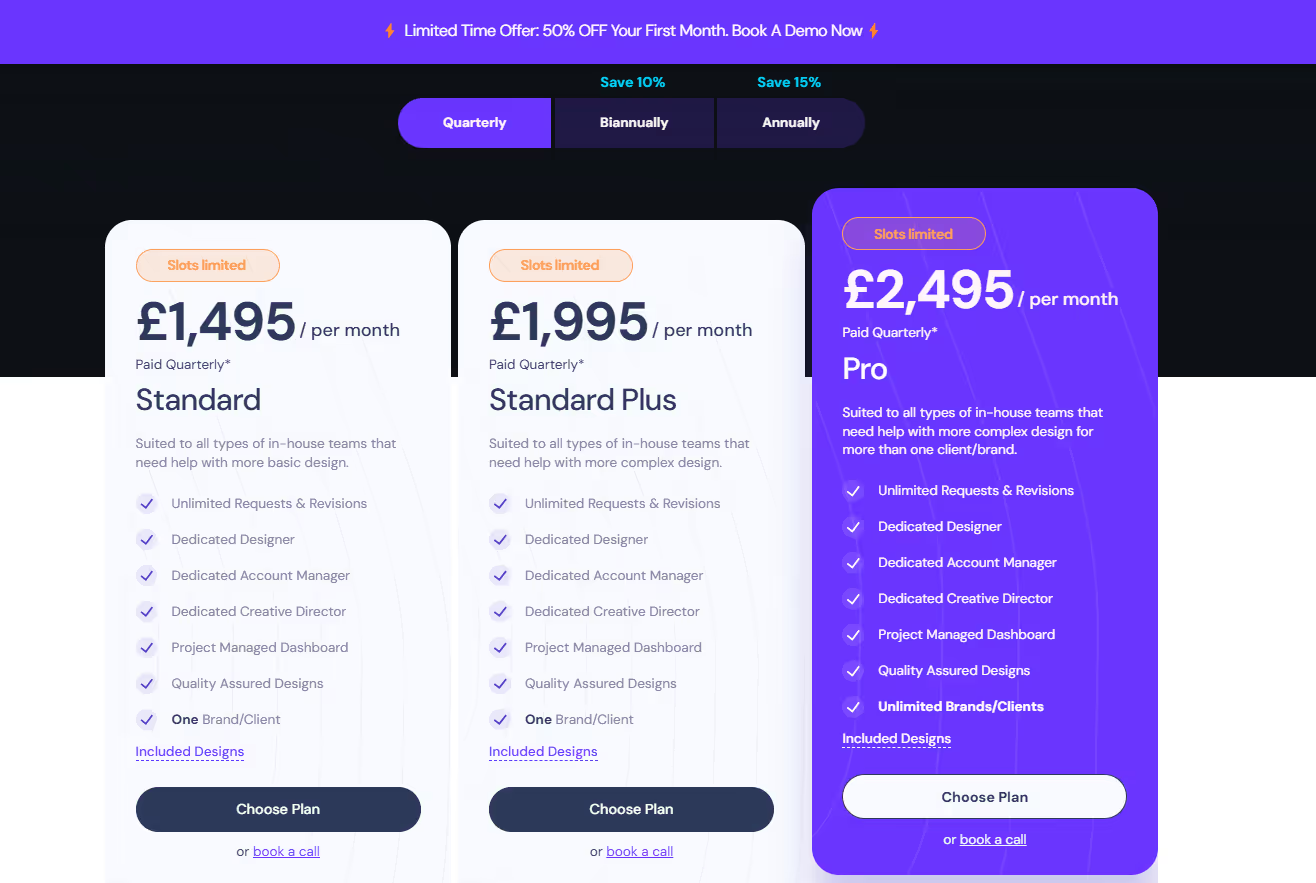
Once you create a service like this, you can choose whether to bill hourly or charge a standard fee as Hatchly does:

Based on your choice, the system will trigger invoices for every project you complete within a particular period of your choosing, and your clients can pay for that.
Cash flow and reconciliation involve double-checking whether the amount on all your invoices is reflected on your bank statement on the date you expect them.
This lets you know the amount your agency generates, find unpaid invoices, and see whether you’re making poor financial decisions by overpaying your team or undercharging your clients.
Aside from the common way of tracking cash flow (checking all invoices and comparing them to your income), you can use the ManyRequests analytics dashboard:
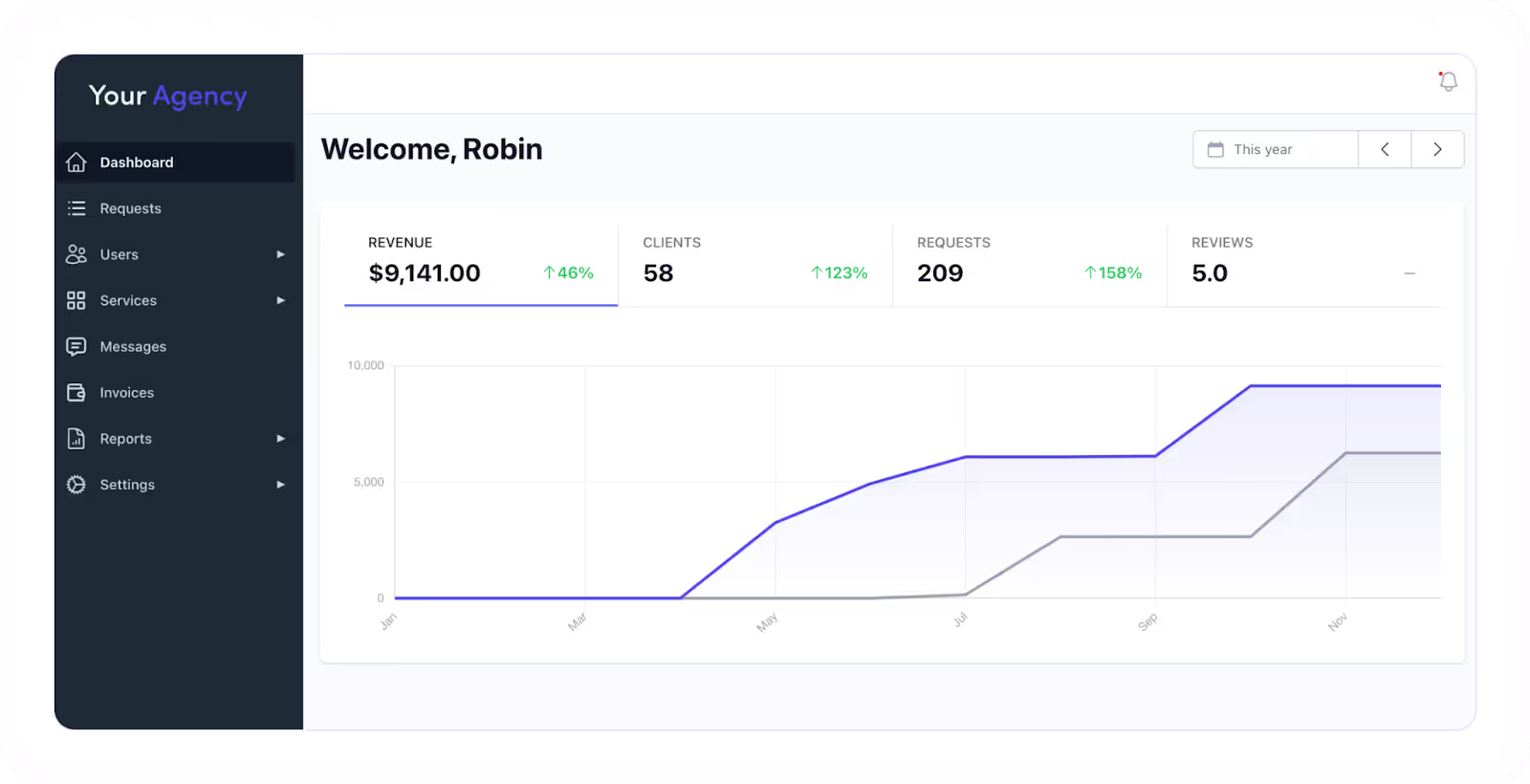
ManyRequests lets you see all client requests and compare which service has more requests (or brought more revenue for your agency by the month).
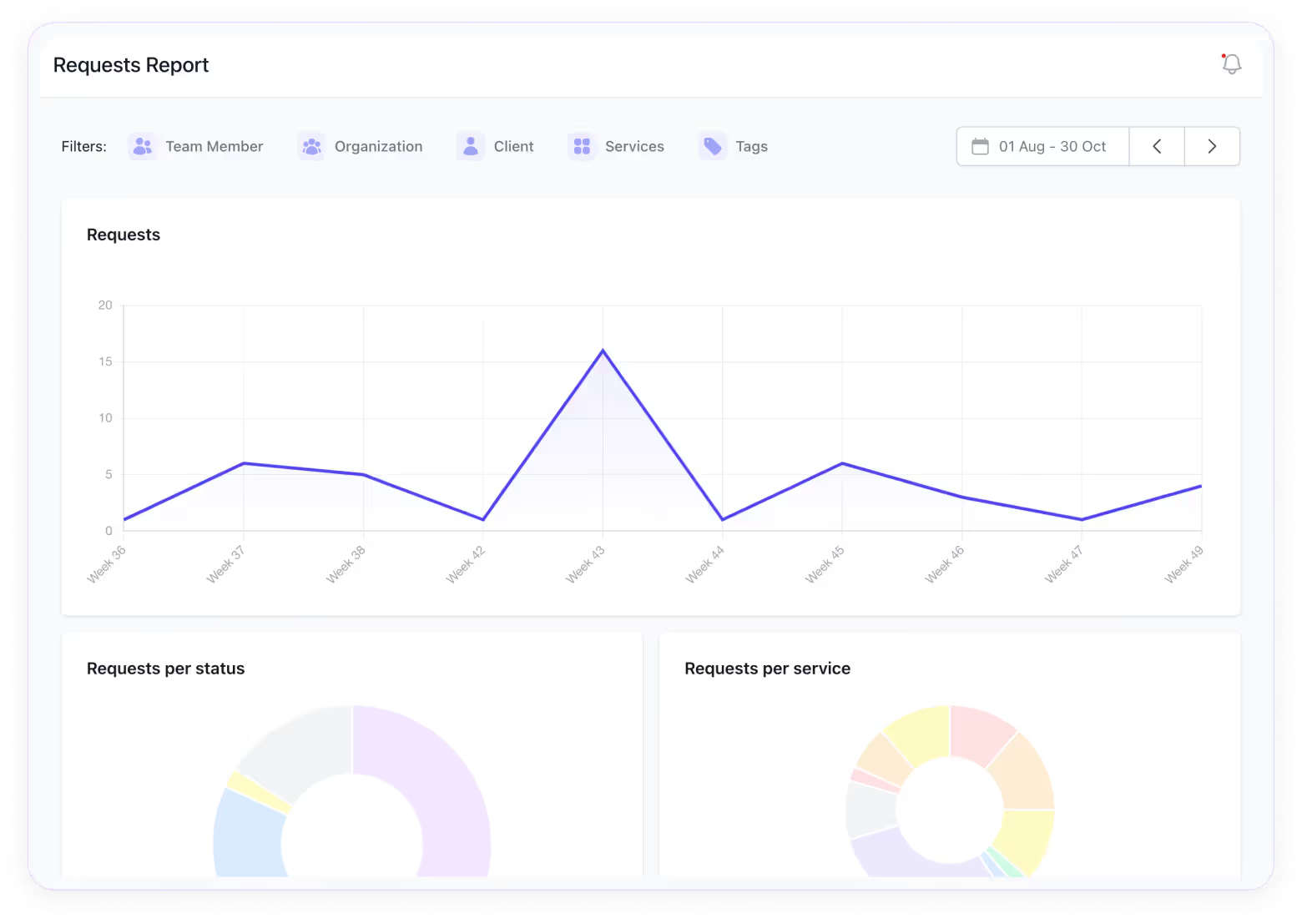
You can also view all completed projects, the money billed for them, and the time tracked by each person who worked on them.
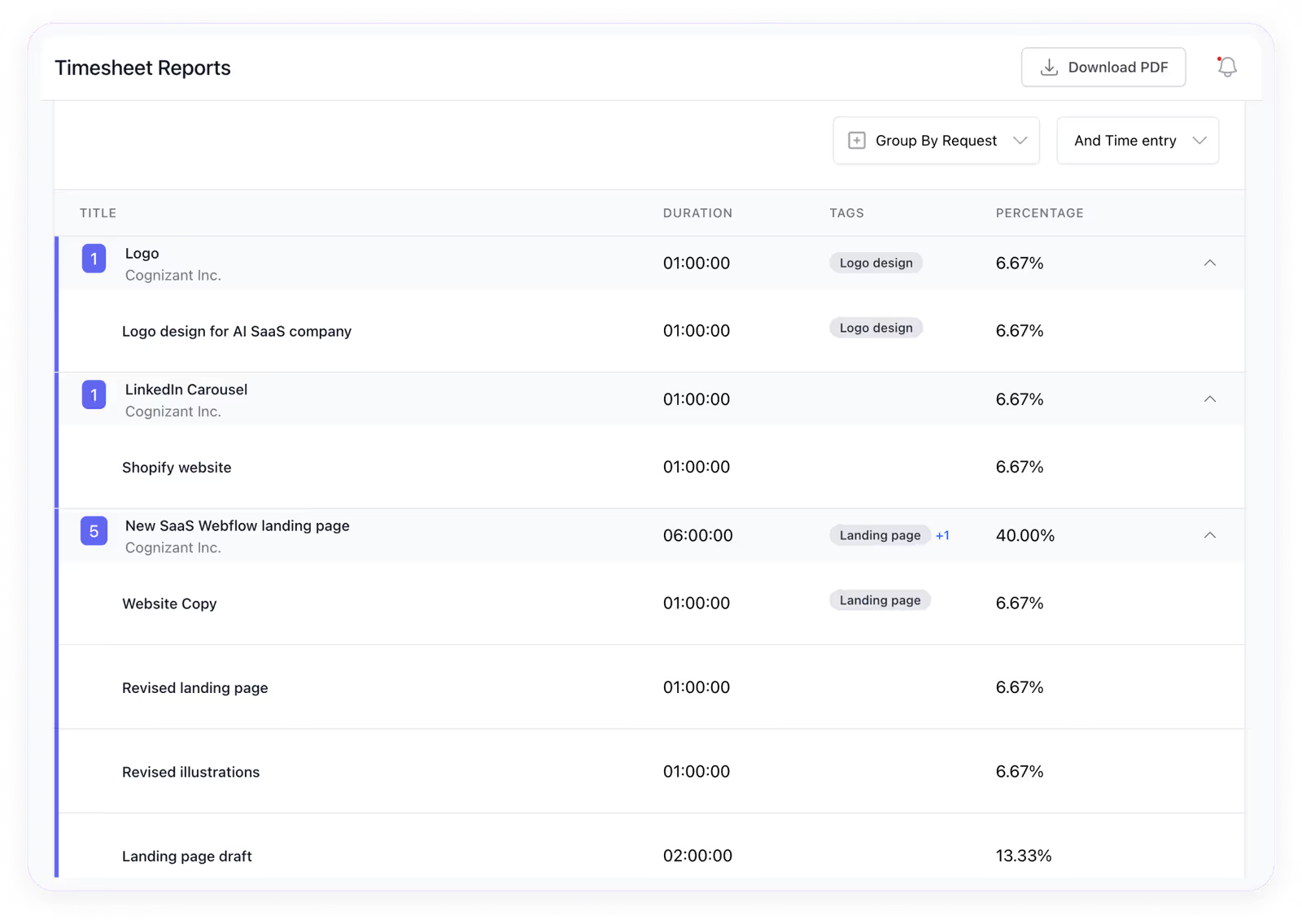
This granular view of all projects and invoices helps you see your monthly earnings, which you can compare with the money in your bank.
An agency owner writing on Reddit has strict opinions on invoices. He bills every week and pauses work if invoices aren’t paid two times consecutively.

While I am not saying you should do this, having a stance like this can help you get paid every time you file invoices.
It also helps if your contract includes a clause defining the payment period and stating that you will stop all work until your outstanding invoices are paid.
Here’s a free retainer agreement template you can use for your future clients.
Now that you know these, here are three software and Excel invoice trackers to use for your clients:
There are dozens of software and automation tools that you can use to track your invoices and payments. Here are the top three ones that are sure to give you great results:
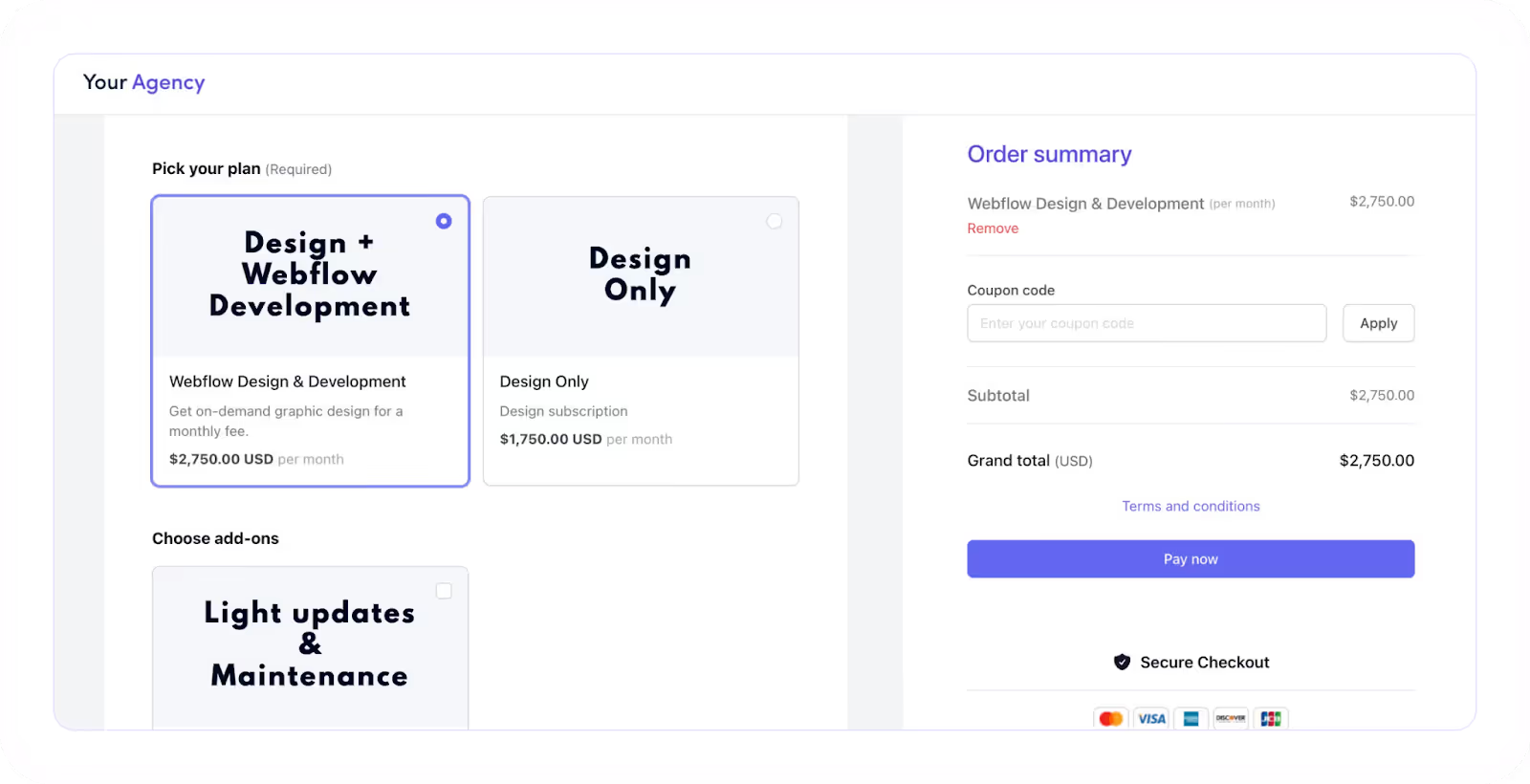
Your invoices are always automatically created on ManyRequests. But if you haven’t added some clients to your client portal, you can manually create an invoice.
The software allows you to add information such as:
📌 Read more: Here’s how to keep track of your client details.
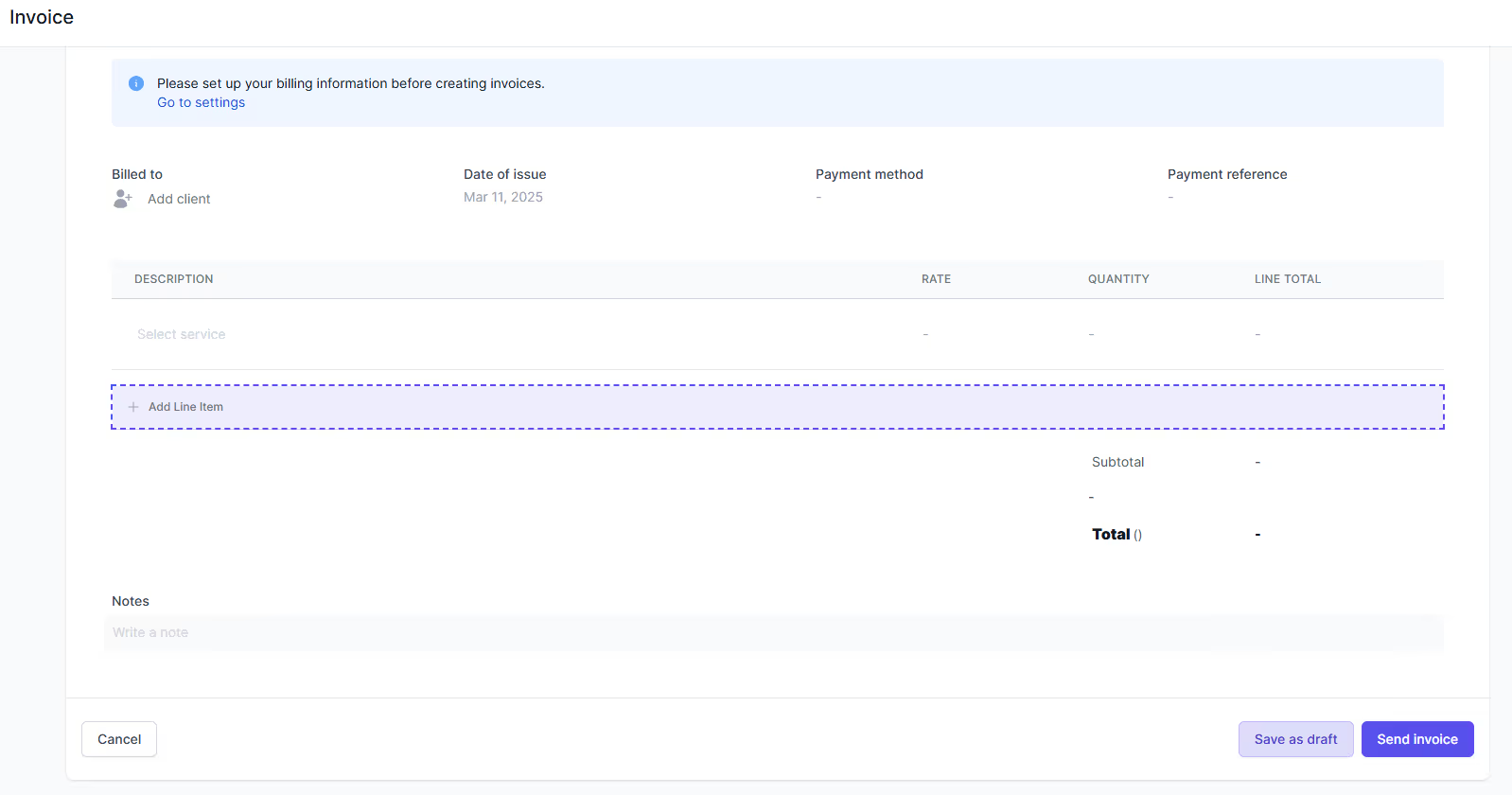
You can use our pre-built template to create the invoice and send it to them via email.
But to make the invoicing process easy and automate reminders better, onboard your clients to your client portal. They’ll receive email alerts about new invoices, and they can pay you directly through our Stripe integration.

Starts at $99/month for two users (with multiple clients).

FreshBooks is invoicing and expense-tracking software that alerts you when your clients view your invoices and pay. It also lets you create project proposals and estimates for those projects, which is great if a prospect asks you to share a proposal for their project.
The software also has reporting tools that provide insights into your finances, and like ManyRequests, you can export your report in PDF.
One of its best features is that it allows you to automate recurring invoices. You can also create a client account (where clients can view invoices, estimates, proposals, and pay), but it doesn’t have a client portal.
Collaboration on projects, for example, is limited to comments; you can’t exchange direct messages with clients like you would on ManyRequests.
Starts at $11.40/user/month.

With Scoro, you can create invoices using their templates, send them to clients, and automate reminders and recurrent monthly invoices.
Scheduling invoices is also a great feature. This helps you prepare your invoice ahead of time. You can then link the invoices to specific projects or clients to control the granularity of each invoice.
In your Scoro dashboard, you can see the revenue from each client, their billing information, upcoming invoices, and your overall profit from all clients.
Starts at $26/user/month
If you’re more interested in Excel invoice trackers, here are three customizable options for you.
You can use third-party invoicing templates or the ones created by Microsoft Excel to track your invoices. Here are three options you can modify to fit your requirements:

The invoice tracker template helps you relate every invoice to a specific project and compile that information in one place.
This can be used for internal purposes to get a clear view of your finances. Here, you can add as many fields of information as you like.
These can include the invoice number, the status of payment (e.g., partially paid), currency, client or business name, amount, date of payment, next scheduled payment, and more.
The best part of this Excel invoice tracker is that you can monitor your paid and unpaid invoices with just one view.
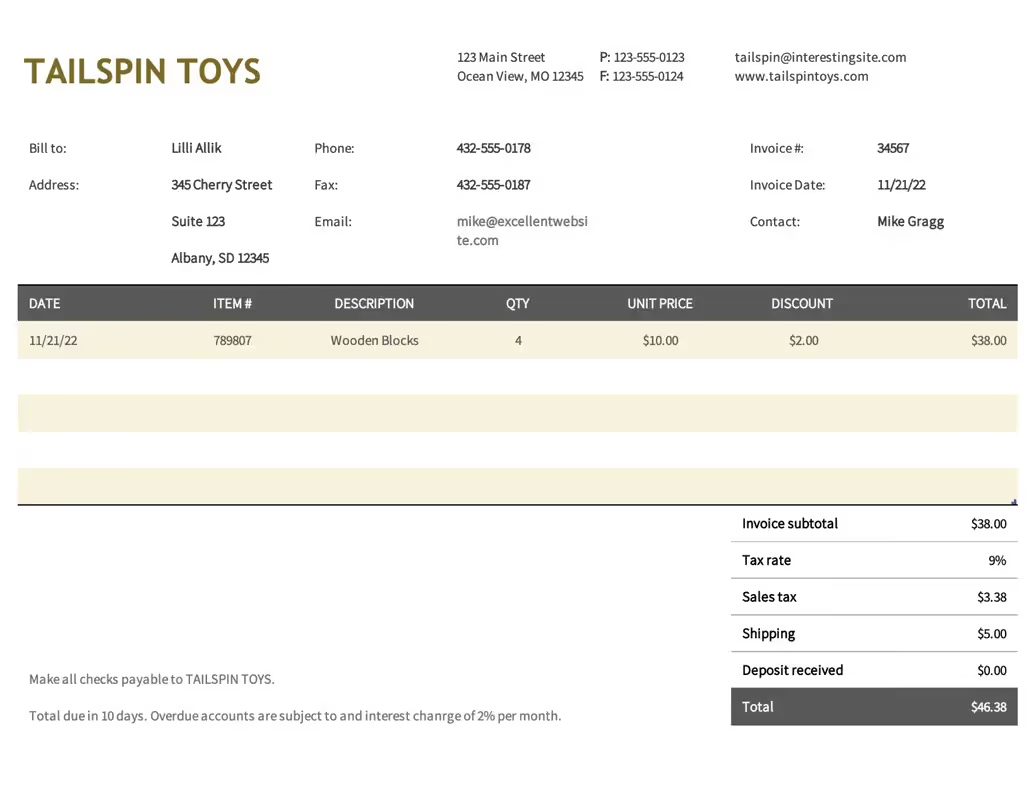
Excel’s commercial invoice is ideal for small businesses in B2B or e-commerce industries. It’s great for any agency or company that processes large orders.
You can calculate the total of each line and then the total of the entire invoice at the bottom.
It shows all the necessary information right at the top, including your name and the client’s, addresses, and billing information.
There’s a column for discounts that are automatically subtracted from the line total.
You also get space for additional information, such as the item number and quantity. That’s always helpful, especially for commercial invoices.
The best thing about this invoice tracker in Excel is that it automatically calculates the total after accounting for the sales tax and deposits received.

Agencies that bill per hour often have trouble finding a template. Most of the ones available need modifications.
But this service invoice tracker automatically calculates the total cost of your hours by adding your rate and hours worked.
It has space to add descriptions of each task. This helps to keep track of payments because you or the client can open the invoice later on and find all the relevant information readily available.
It should be easy to bill for the work you have done. That’s why the founders of ManyRequests designed it to fit into creative agencies’ use cases.
Join other agency owners who manage their projects and clients with ManyRequests so you can automate your entire invoicing process.
With ManyRequests, you can create service lists that automatically becomes a project box. The project box automatically generates an invoice when you mark the project as complete.
You can also use the analytics dashboard to see all paid and unpaid invoices, send automated reminders with one click, and manage the payment process with our Stripe integration.
In one software, you can work with all your clients, manage tons of projects, and communicate with all your team members. Sign up for a 14-day free trial, no credit card required, to see how it works.
Originally Published: January 18, 2022